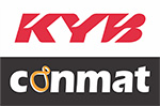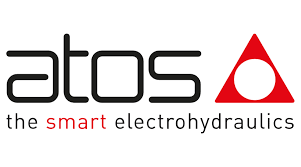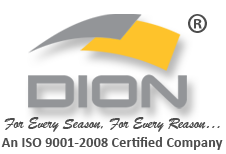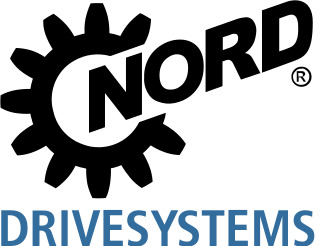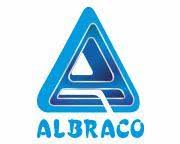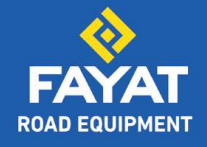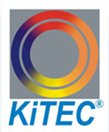Honeywell Solstice technology advances 3D-printed homebuilding
By Staff Report | August 29, 2024 3:56 pm SHARE

Together, Mighty Buildings and Honeywell are utilising low-GWP foam insulation in 3D-printed homes to improve energy efficiency and sustainability while giving homeowners better temperature control.
Honeywell (NASDAQ: HON) has announced that Mighty Buildings would incorporate Honeywell Solstice® Liquid Blowing Agent (LBA) as a vital component in the substance used to construct 3D-printed dwellings. Honeywell’s low-GWP technology will replace standard foam insulation, allowing Mighty Buildings to cut emissions while producing robust, energy-efficient building panels. The collaboration with Mighty Buildings helps Honeywell integrate its portfolio with three significant megatrends, including the energy transformation.
According to a recent UN Environment Programme estimate, the construction and building industry accounts for 37 percent of total global greenhouse gas emissions. Solstice LBA can lessen the industry’s environmental effect because its GWP is 99.9 percent less than other blowing agents widely used in construction. Solstice LBA allows 3D-printed homes to be created with almost no waste and in less time than traditional construction methods.
“When used with our patented 3D-printing technology, Solstice LBA will enable us to build comfortable and climate-resistant housing,” says Scott Gebicke, CEO of Mighty Buildings. “The construction industry needs fast, safe and reliable alternatives to traditional building materials. By incorporating Solstice into our production process, we can further enhance the performance and sustainability of our 3D-printed products while reducing the construction industry’s overall carbon footprint.”
The 3D-printed panels created with Solstice LBA will be fabricated at Mighty Buildings’ production facility in Monterrey, Mexico. The factory can presently print enough panels for two homes each day, and Mighty Building’s average building time for a 3D-printed home is less than a week. Because Solstice LBA provides higher thermal insulation, these dwellings require less energy for heating and cooling after completion than those created with other regularly used blowing agents.
“Honeywell offers a range of solutions to help customers reach their emissions reduction and energy efficiency goals,” states Jeff Dormo, President of Honeywell Sustainability and Decarbonization. “Our Solstice technology is constantly being used in new ways, and by offering a non-ozone depleting, nonflammable and high-performance foam blowing agent, our work with Mighty Buildings has the potential to transform the future of homes and the building and construction industry as a whole.”
The Environmental Protection Agency has included Honeywell Solstice LBA in their Significant New Alternatives Policy (SNAP) program, which encourages the research and use of alternatives to ozone-depleting materials.
Honeywell has invested more than $1 billion in research, development, and increased capacity for its Solstice technology, which is now used in refrigerants, blowing agents, aerosols, and solvents and is being considered for broader usage in metered dose inhalers. Since its launch in 2011, Honeywell Solstice technology has helped avoid the potential release of more than 395 million metric tonnes of carbon dioxide into the environment, comparable to the carbon emissions from almost 94 million gasoline-powered passenger vehicles each year.
For more information, visit: https://www.honeywell.com/in/en/hail
Cookie Consent
We use cookies to personalize your experience. By continuing to visit this website you agree to our Terms & Conditions, Privacy Policy and Cookie Policy.





















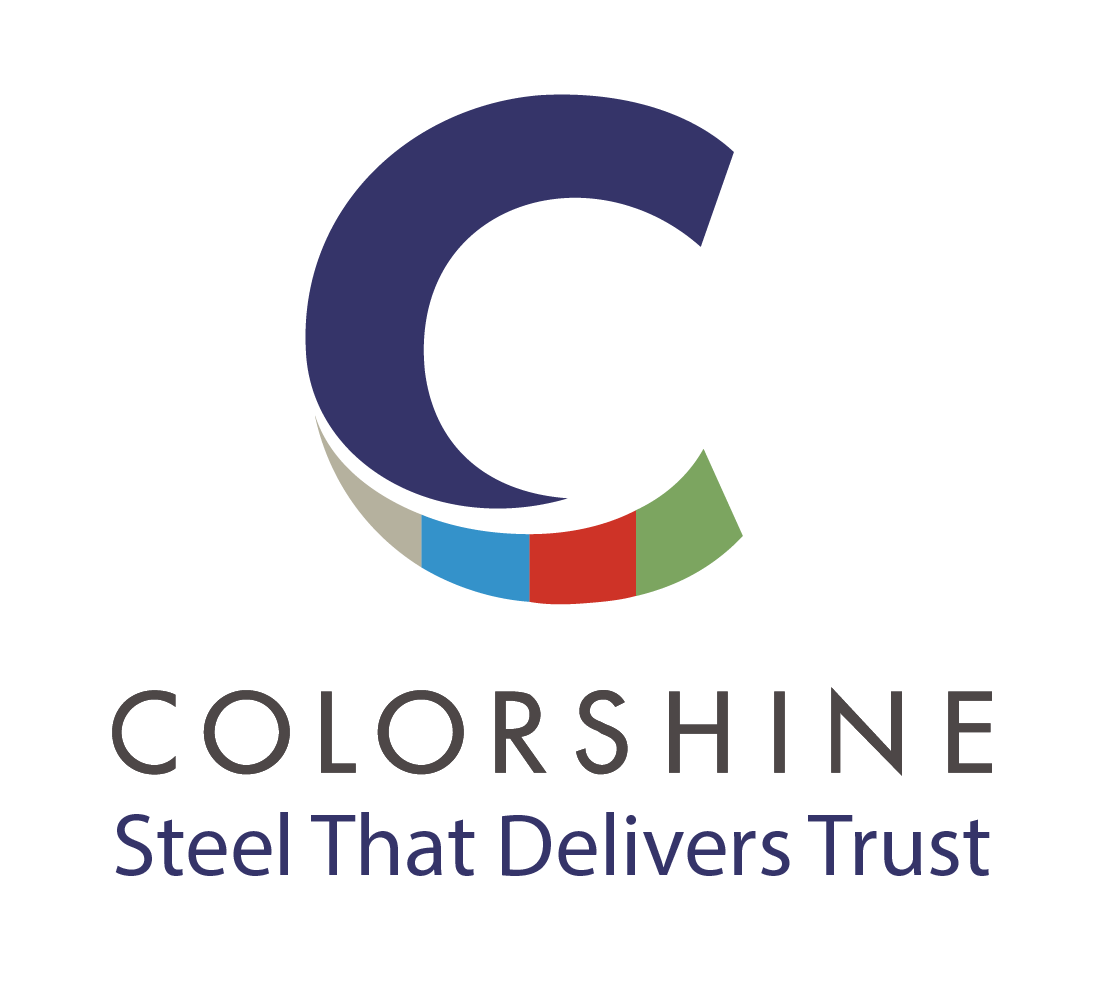









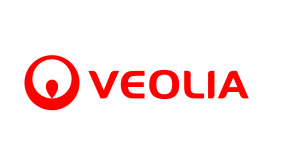

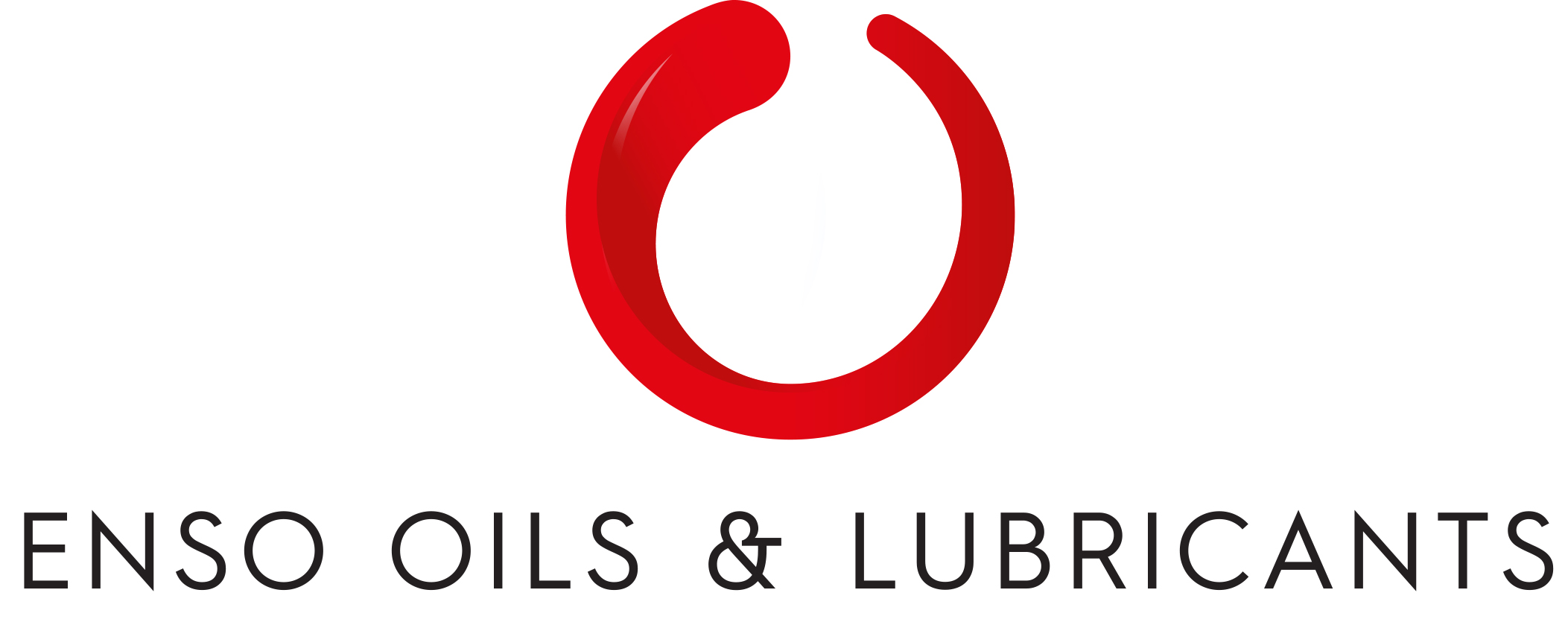


-20240213125207.png)

